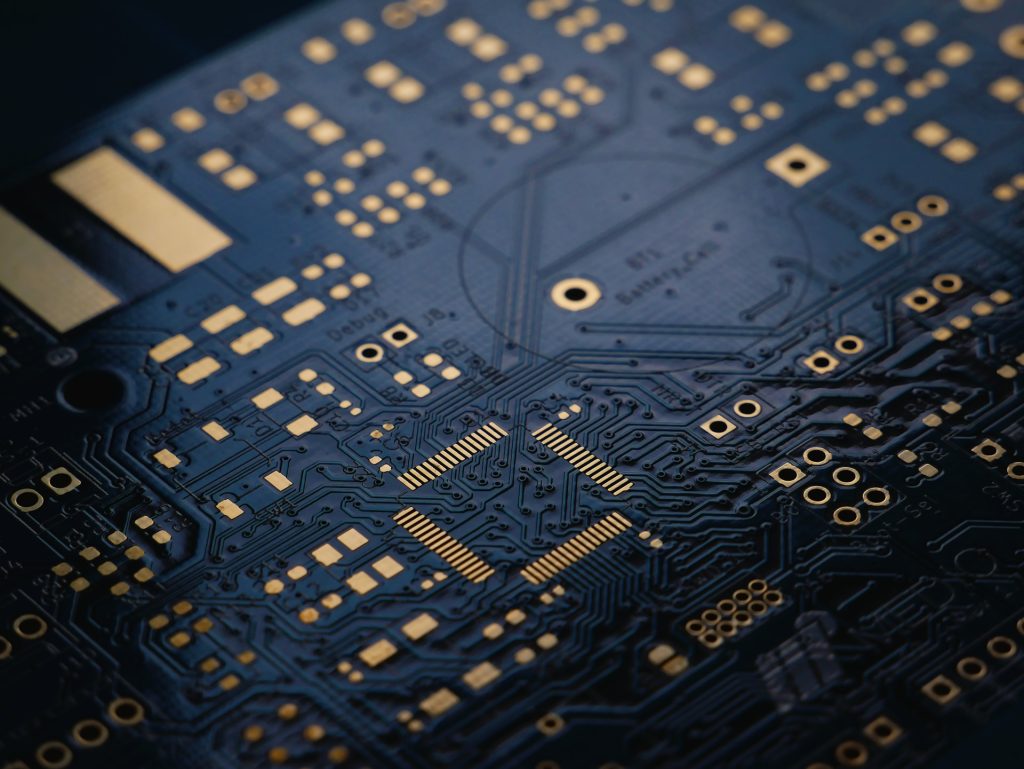Order Fulfillment Process: Optimizing for Efficiency and Customer Satisfaction
Discover proven strategies and best practices to streamline your order fulfillment process, boost efficiency and delight your customers.


Discover the benefits of AccelGrid

Convert more leads into revenue

Manage orders at scale

Streamline billing and get paid on time

Rock-solid inventory control

Optimize your supply chain

Switch to lean manufacturing

Sell anywhere, anytime with mobile POS

Simplify accounting and grow your business

Sell more with integrated eCommerce

AI-powered demand forecasting
Convert more leads into revenue
Manage orders at scale
Rock-solid inventory control
Streamline billing and get paid on time
Optimize your supply chain
Achieve lean manufacturing
Sell more with integrated eCommerce
Sell anywhere, anytime with mobile POS
AI-powered demand forecasting
Simplify accounting and grow your business

As technology continues to advance at lightning speed, the demand for sophisticated electronic devices and gadgets is skyrocketing. With more components involved in these intricate assemblies than ever before, efficiently managing BOMs has become a crucial task for manufacturers. In this article, we will explore the challenges faced by engineers in handling complex BOMs and uncover some effective strategies to streamline this process. So buckle up and get ready to discover how mastering electronics BOM management can revolutionize your manufacturing operations!
A bill of materials (BOM) is a list of all the components and materials that are required to build a product. For electronics, this includes everything from the PCB and microcontroller to the resistors and capacitors. BOM management is the process of keeping track of all the different components and materials that go into making a product. This can be a challenge for complex products with many different parts.
BOM management starts with creating a list of all the components and materials that are needed for a product. This list can be created manually or with software. Once the list is created, it is important to keep it up to date as changes are made to the product. Changes can include adding or removing components, changing component values, or substituting one component for another.
Tracking changes to the BOM is important so that everyone involved in the manufacturing process has the most up-to-date information. This can help avoid errors and delays in production. When changes are made to the BOM, they should be communicated to all relevant parties so that everyone is working with the same information.
The BOM is an important part of electronics manufacturing. It helps ensure that all the necessary components and materials are available when needed. By keeping track of changes to the BOM, manufacturers can avoid errors and delays in production.
As electronics become increasingly complex, managing Bills of Materials (BOMs) can be a daunting task. An effective BOM management strategy is critical to the success of any electronics assembly operation.
There are many benefits to managing BOMs electronically, including:
With an electronic BOM management system, all data is stored in a central database. This eliminates the need for paper-based BOMs, which can be easily lost or damaged. In addition, all changes to the BOM are tracked and recorded, so you can always see who made what changes and when.
An electronic BOM management system enables collaboration between different departments and team members. For example, engineers can share design files and notes with production staff to ensure that everyone is working from the same latest version of the BOM.
Electronic BOM management systems offer greater visibility into the status of projects and components. This information can be used to make informed decisions about how to best allocate resources and avoid potential delays.
With an electronic BOM management system, all data is stored securely in a central database. This reduces the risk of unauthorized access or modification of critical data. In addition, electronic BOMs can be backed up and replicated easily to ensure that no data is lost in the event of a disaster.
When it comes to electronics BOM management, one of the challenges that often arise in handling complex assemblies. This can be tricky for several reasons, including:
All of these factors can make managing a complex assembly quite challenging. However, with careful planning and attention to detail, it is possible to successfully navigate these waters.
As the electronics industry moves towards smaller, more complex devices, managing electronic assemblies is becoming increasingly difficult. Here are some tips on how to manage complex electronic assemblies:
With so many small and intricate parts, it’s easy to lose track of everything that goes into an assembly. Keep a master list of all the components used in an assembly, as well as their quantities and locations. This will help you keep track of what goes where, and ensure that no parts are left out.
There are many software tools available that can help with managing complex electronic assemblies. These tools can help you keep track of component placement, bill of materials (BOM), and other important information. Using one of these tools can make your job much easier and help prevent errors.
Managing complex electronic assemblies is a lot easier when you have someone to help you. Work with a partner or team to split up the work and make sure that everything is done correctly. This will also help to identify any problems that may arise during the process.
The bill of materials (BOM) is a critical part of managing the manufacturing process for any electronics assembly. The BOM lists all of the components and materials needed to build the product, as well as the quantities of each.
BOM management is a complex task, made more difficult by the fact that there are often thousands of components involved in a single assembly. To effectively manage a BOM, manufacturers need to have access to powerful tools and technologies.
Some of the most important tools and technologies used in BOM management include:
A component library is a database that contains information on all of the components that can be used in an assembly. This information includes things like datasheets, footprints, and 3D models. Having this information readily available makes it much easier to select the right components for a given assembly. A great example of an electronic component library is Octopart.
There are several software packages available that are specifically designed for managing BOMs. These packages typically offer features like component libraries, automated sourcing, and real-time collaboration. Using one of these software packages can help to make the BOM management process much more efficient.
Collaboration is essential when working with complex BOMs. There are several different collaboration tools available that can be used to share information and work on BOMs together in real-time. Some examples include online chat applications, project management software, and
Electronics BOM management is an essential part of managing complex assemblies. To successfully manage a Bill of Materials, it is important to understand the components and structure that make up your assembly. With careful planning and management, you can ensure that all components are in the correct place at the right time. By utilizing tools such as ECOs, product data tracking systems, cost comparison analysis, and version control systems you can ensure accuracy and efficiency throughout the entire process. By implementing these strategies into your workflow you will be able to efficiently handle any complex assemblies with ease.
Discover proven strategies and best practices to streamline your order fulfillment process, boost efficiency and delight your customers.
A B2B portal enables customers to instantly access products information, pricing, and track order status. Learn how a B2B portal can boost sales and efficiency.
Explore the key metrics explore organizations should consider to maximize their ROI from ERP software. Improve profitability and implemntation success with these strategies.